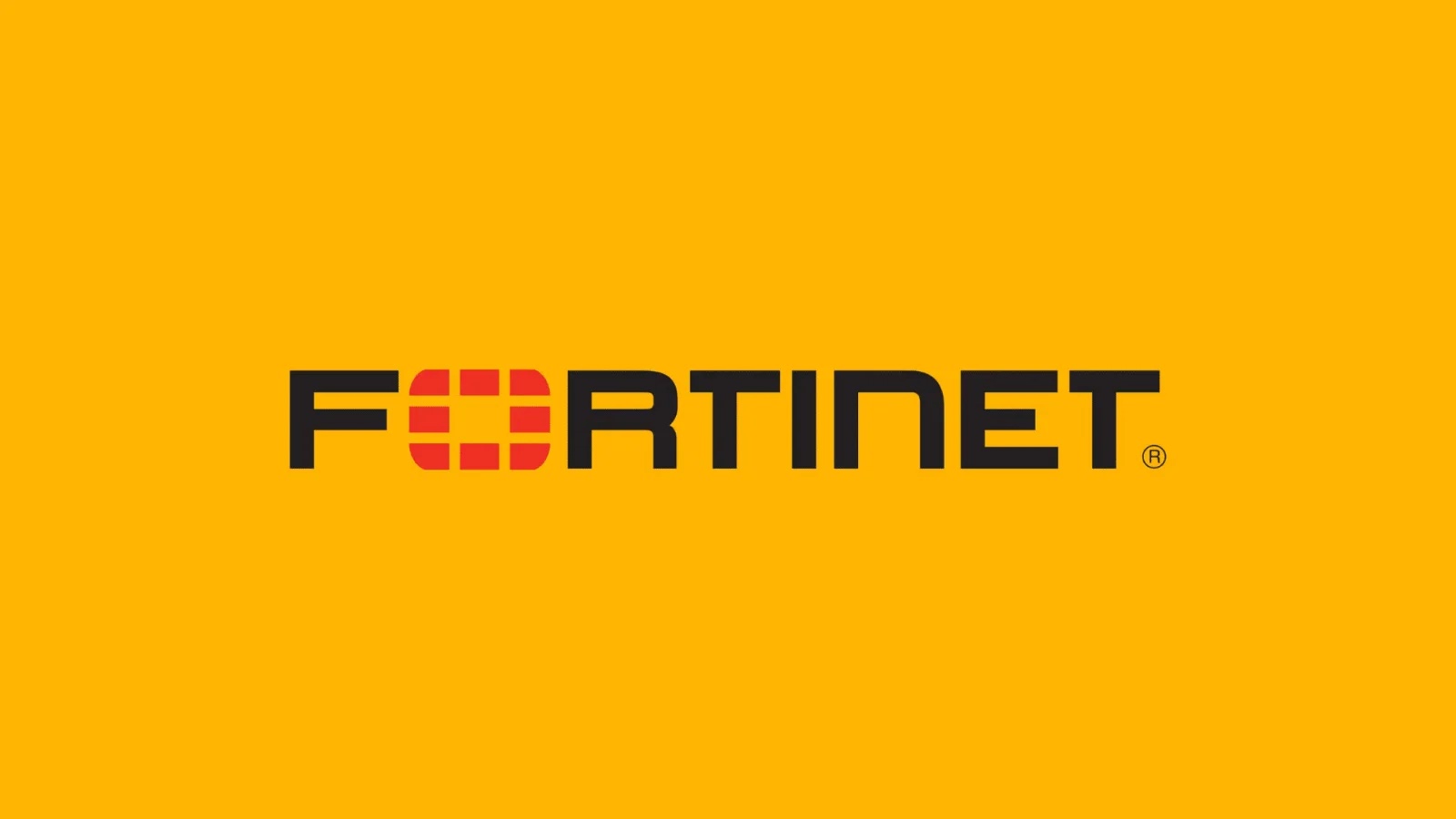
FortiPAM and FortiSwitch Manager Vulnerability Let Attackers Bypass Authentication Process
Organizations worldwide rely on robust authentication mechanisms to protect critical systems from unauthorized access. A recently disclosed critical vulnerability in Fortinet’s FortiPAM and FortiSwitch Manager products, tracked as CVE-2025-49201, threatens this fundamental security pillar. This flaw allows attackers to completely bypass the authentication process through brute-force methods, granting them illicit entry into sensitive network infrastructure.
Fortinet has issued an urgent advisory regarding this significant weakness, which impacts the Web Application Delivery (WAD) and Graphical User Interface (GUI) components of these vital tools. Understanding the nature and implications of this vulnerability is crucial for IT professionals and security analysts responsible for maintaining network integrity.
Understanding the FortiPAM and FortiSwitch Manager Vulnerability
The core of CVE-2025-49201 lies in a weak authentication mechanism residing within the Web Application Delivery (WAD) and Graphical User Interface (GUI) components of FortiPAM and FortiSwitch Manager. This vulnerability is classified under CWE-1390, which pertains to “Weak Authentication.”
Essentially, the flaw permits attackers to bypass the standard authentication process. By leveraging brute-force techniques, malicious actors can iteratively attempt authentication credentials without encountering the typical security controls that would normally prevent such attacks. This can lead to unauthorized access to the management interfaces of FortiPAM and FortiSwitch Manager, effectively compromising the systems these products are designed to secure. Given that FortiPAM focuses on privileged access management and FortiSwitch Manager controls network switches, unauthorized access can have severe consequences, including data breaches, network disruption, and complete system compromise.
Impact of Authentication Bypass on Critical Infrastructure
The ability to bypass authentication on FortiPAM and FortiSwitch Manager carries substantial risks. FortiPAM is designed to manage and secure privileged access to sensitive systems, making it a prime target for attackers. If an adversary gains control of FortiPAM, they could:
- Escalate Privileges: Gain administrative access across multiple systems and applications.
- Access Sensitive Data: Retrieve credentials, API keys, and other critical information stored within the PAM solution.
- Deploy Malware: Utilize the compromised system as a launchpad for further attacks within the network.
Similarly, FortiSwitch Manager controls the configuration and operation of Fortinet switches, which are fundamental components of network infrastructure. A compromise here could lead to:
- Network Disruption: Reconfigure switches to deny service or reroute traffic maliciously.
- Eavesdropping: Set up packet mirroring to capture network traffic, potentially exposing sensitive communications.
- Lateral Movement: Create new network segments or bypass existing security controls to facilitate further intrusion.
The combination of these potential impacts underscores the criticality of addressing CVE-2025-49201 swiftly.
Remediation Actions
Fortinet has published an advisory outlining the necessary steps to mitigate this vulnerability. Organizations utilizing FortiPAM and FortiSwitch Manager must prioritize these remediation actions immediately:
- Apply Patches and Updates: The most crucial step is to apply the security patches released by Fortinet. These patches specifically address the weak authentication mechanism in the WAD and GUI components. Consult Fortinet’s official advisory for specific version updates.
- Restrict Network Access: Limit administrative access to FortiPAM and FortiSwitch Manager interfaces from trusted networks and IP addresses only. Implement firewall rules to block access from the internet or untrusted segments.
- Implement Multi-Factor Authentication (MFA): While the vulnerability bypasses initial authentication, implementing MFA on any available system can add an additional layer of defense against compromised credentials or persistent brute-force attempts if the flaw is not fully patched.
- Monitor Logs for Suspicious Activity: Regularly review access logs for both FortiPAM and FortiSwitch Manager for any unusual or failed login attempts, especially those occurring in rapid succession, which could indicate brute-force activity.
- Conduct Regular Security Audits: Perform periodic security audits and penetration testing to identify and address any other potential vulnerabilities in your deployment.
Tools for Detection and Mitigation
While Fortinet’s official patches are the primary mitigation, several tools and practices can aid in detection and overall network security:
| Tool Name | Purpose | Link |
|---|---|---|
| FortiManager | Centralized management and logging for Fortinet devices, aiding in monitoring and configuration. | Fortinet FortiManager |
| Intrusion Detection/Prevention Systems (IDS/IPS) | Detect and prevent brute-force attacks and other malicious network activity. | (General information; specific vendor tools vary: e.g., Snort, Suricata, FortiGate IPS) |
| Security Information and Event Management (SIEM) | Aggregate and analyze logs from various sources to detect suspicious patterns and anomalies. | (General information; specific vendor tools vary: e.g., Splunk, IBM QRadar, FortiSIEM) |
| Vulnerability Scanners | Proactively identify known vulnerabilities in network devices and applications. | (General information; specific vendor tools vary: e.g., Nessus, OpenVAS) |
Key Takeaways
The discovery of CVE-2025-49201 in FortiPAM and FortiSwitch Manager represents a critical threat that demands immediate attention. A weak authentication mechanism in core components could allow attackers to completely bypass security measures through brute force. Organizations must prioritize applying official patches, enhancing network access controls, deploying multi-factor authentication, and maintaining vigilant monitoring of their network infrastructure. Proactive defense strategies are essential to safeguard against the severe consequences of unauthorized access and maintain a resilient security posture.





